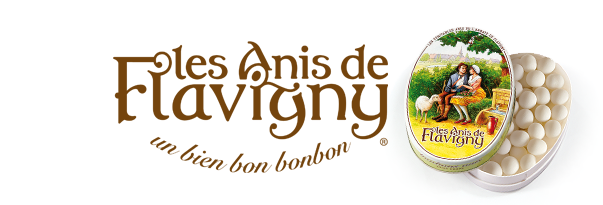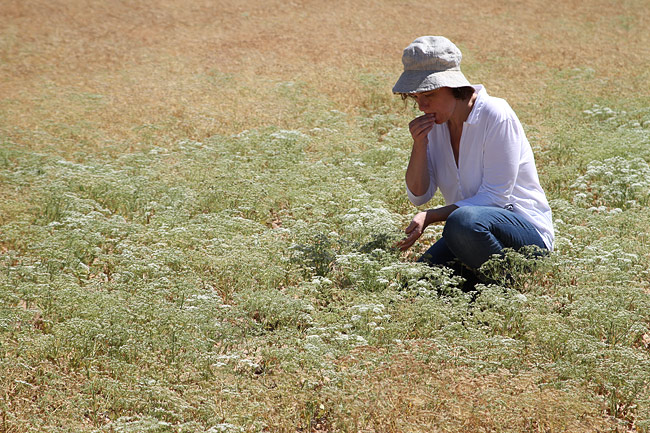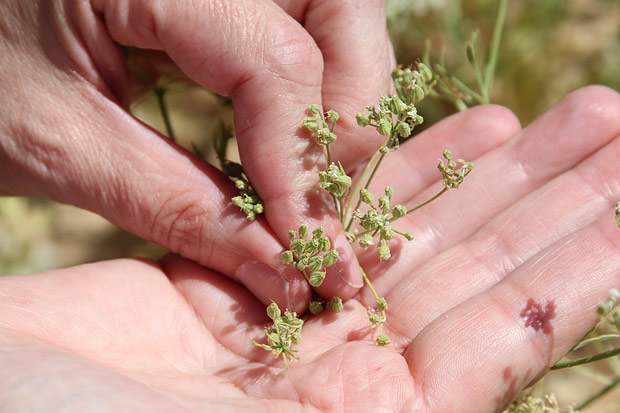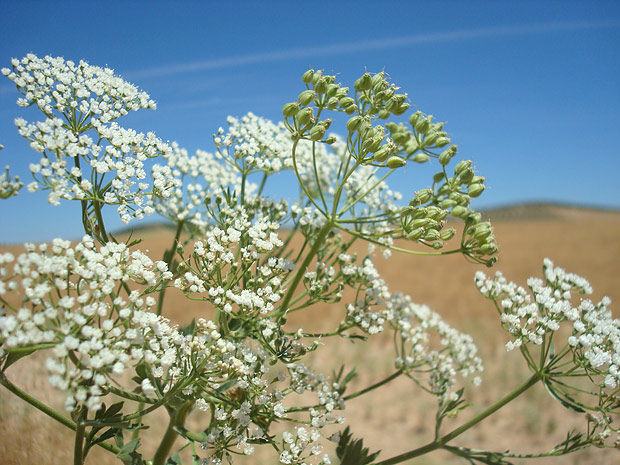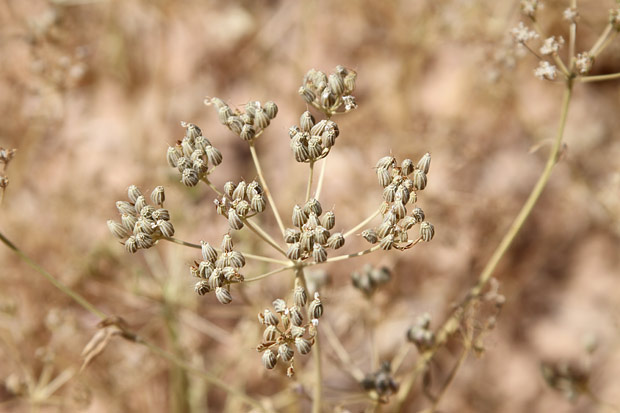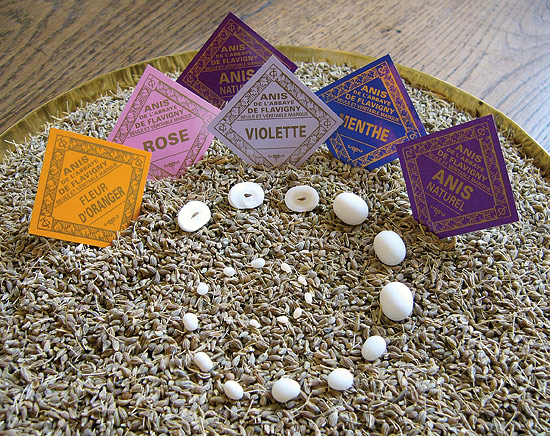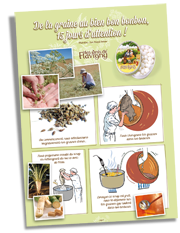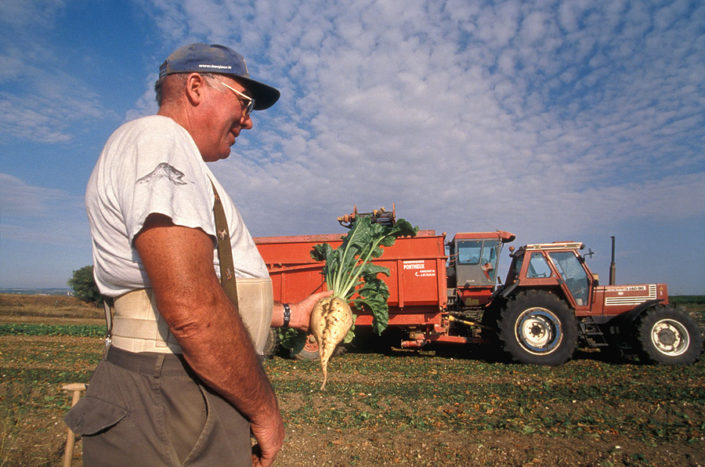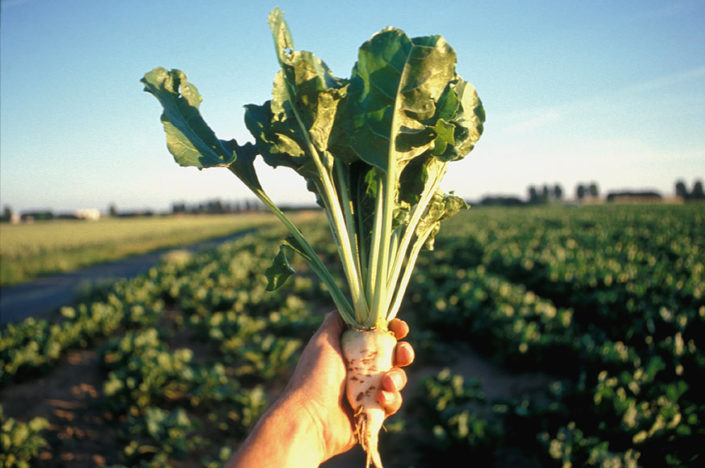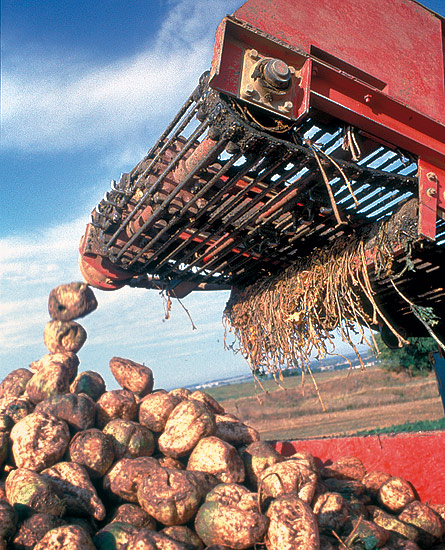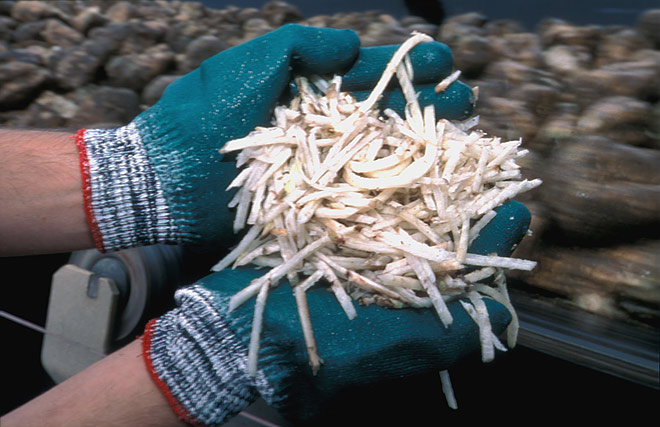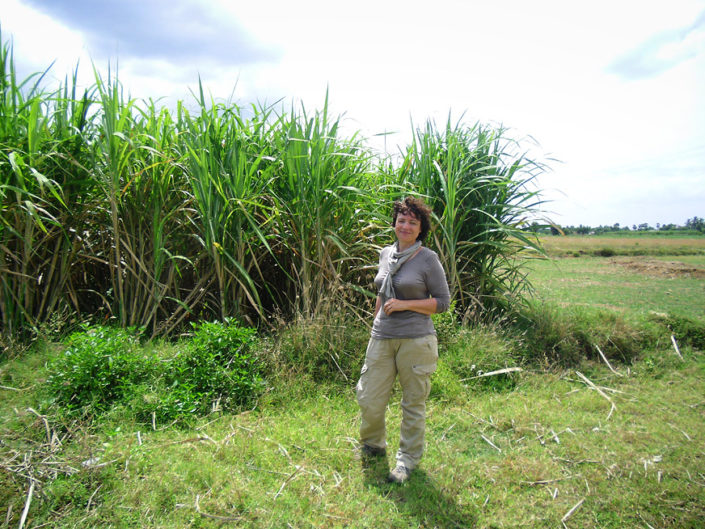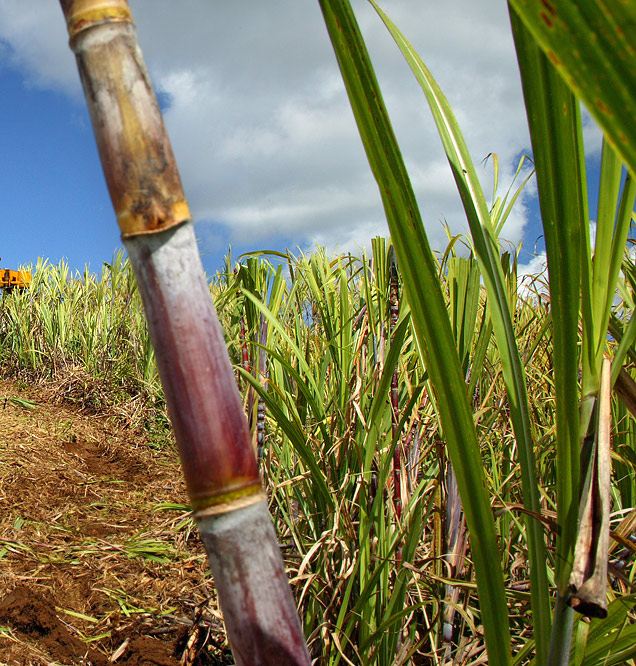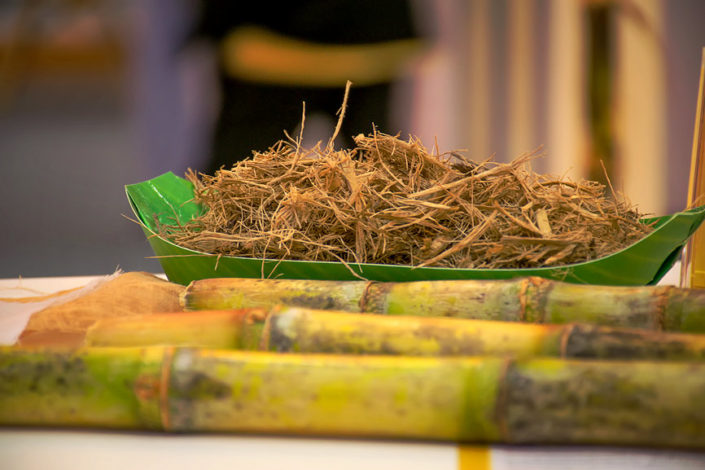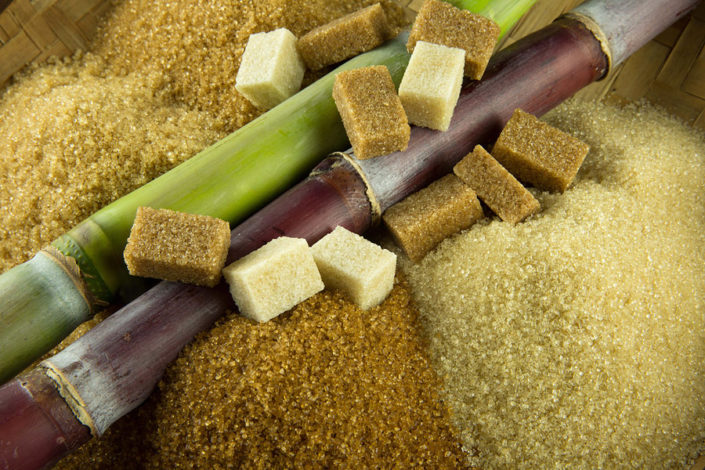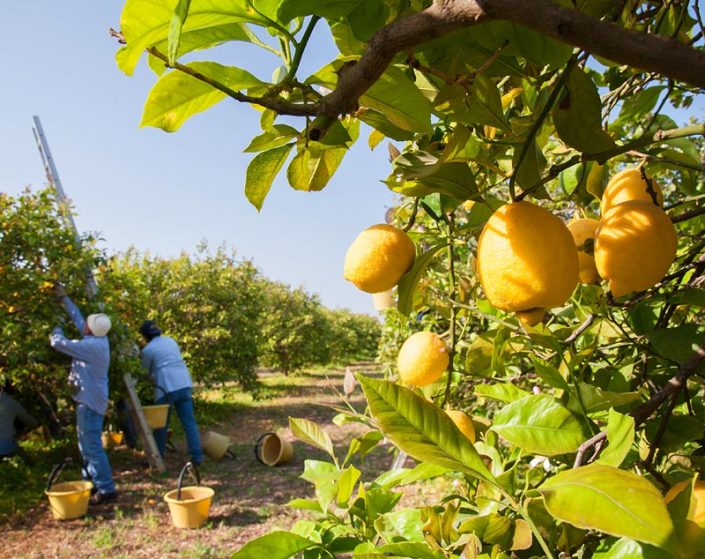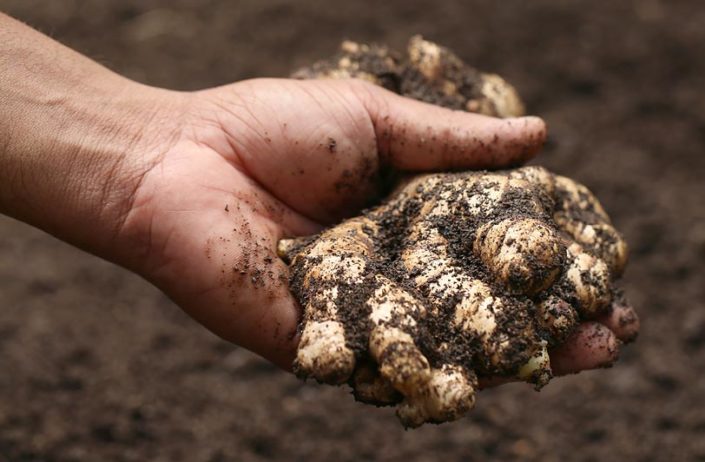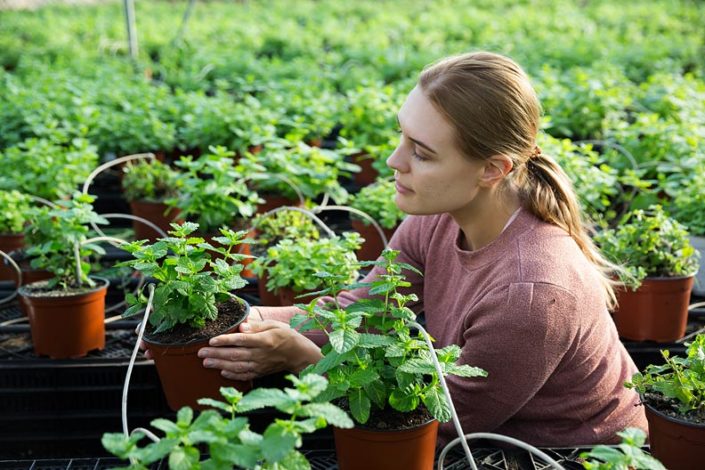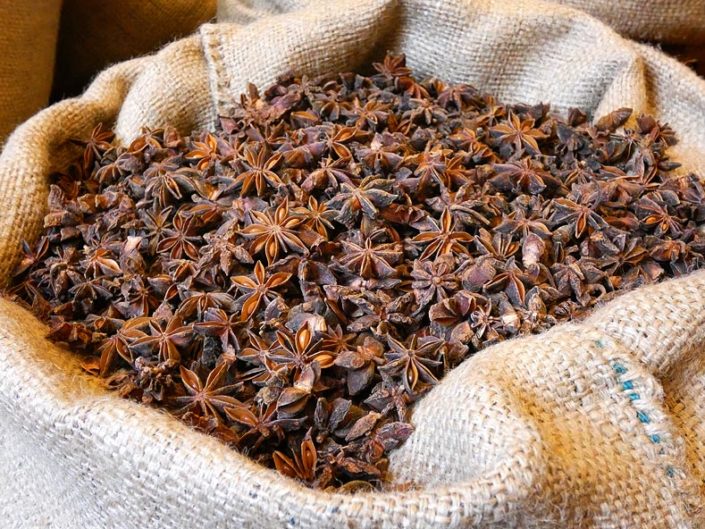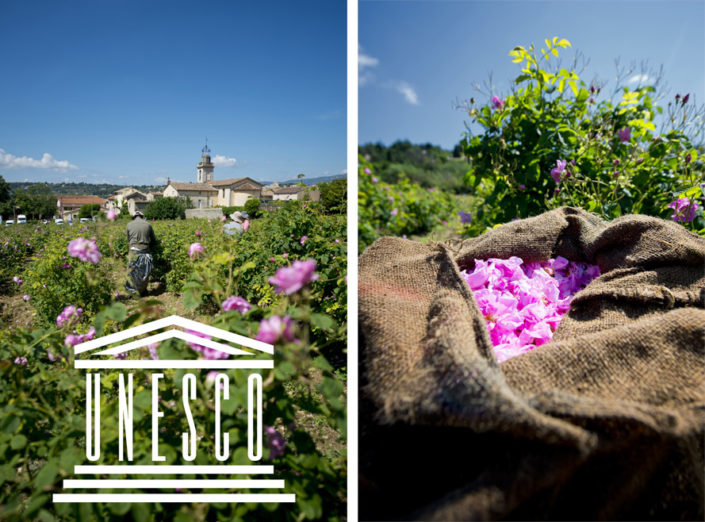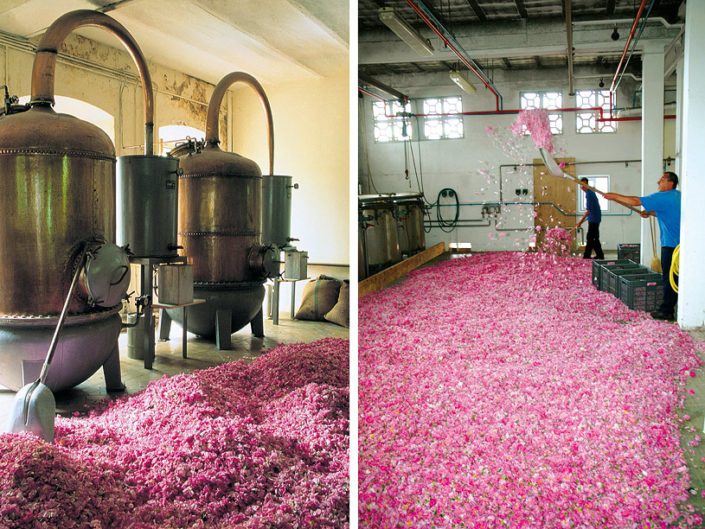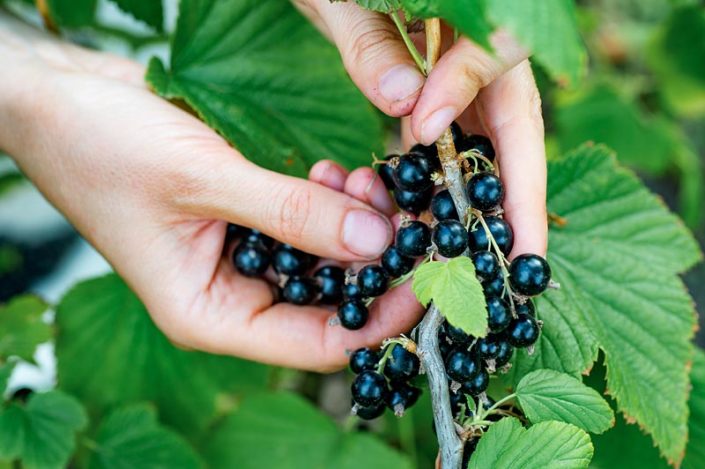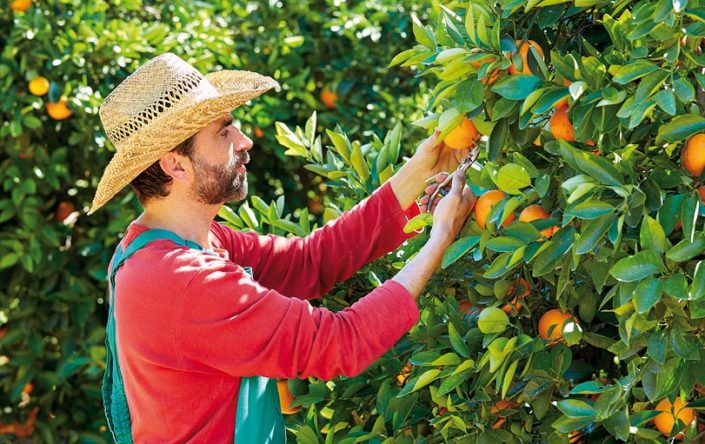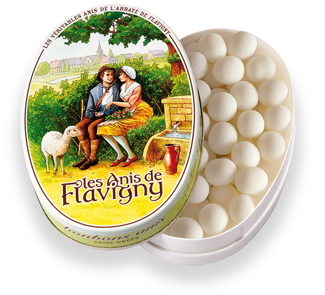
An exceedingly good sweet
Three or four ingredients – and nothing more!
A tiny aniseed…
It all begins with a tiny green aniseed, the fruit of the Pimpinella Anisum. This aromatic plant came to our region from Spain, Tunisia, Turkey, Syria – indeed, it now grows across the entire Mediterranean. It grows to a height of 50 to 70cm and develops little white flowers, clustered together in umbels. The fruits are harvested at the end of August; these seeds have a warm, gently spicy flavour, and have a remarkably powerful aroma. These are the seeds that we use for our sweets.
Download our graphic novel and discover how a tiny little seed can become an exceedingly good sweet…
… a little beet sugar…
We then put the seeds in large panning basins before pouring over a sugar syrup, made from sugar and water. As the seeds roll around, they are gradually covered in thin layers of syrup – much like a snowball, as it rolls down a snowy hillside.
The rotation also helps smooth out the surface of the basins, in the same way that a river stone is polished smooth by the everlasting current. This is delicate, painstaking work which requires patience. Indeed, it takes a confectioner 15 days to turn a two-milligram aniseed into a one-gram Anis sweet.
We’ve been using white sugar ever since it could be extracted from sugar beets (a discovery from around 1600). Before this, we used cane sugar, which was slightly reddish-grey in colour. Darius, on his return from the Indies (510 BC), called sugar cane “a honey-giving reed, with no need for bees”! To this day, we still make special Ecocert-label organic Anis using cane sugar.
… and natural flavouring
Anis de Flavigny® are available in a selection of different flavours. The first to come after the classic Anis was rose flavour, followed by a host of others: blackcurrant, lemon, orange blossom, ginger, mandarin, mint, liquorice and violet.
We first got a taste for anise-flavoured drinks in Europe from the eastern Mediterranean, when they were brought in with the Greek and Turkish empires. Gradually, anise farming spread around the entire Mediterranean.
As early as 1800, Anis de Flavigny® was already available in a wide range of different flavours. All of our natural flavourings are extracted from their host plants using steam or beet sugar alcohol distillation. With mint, for example, the leaves are placed in a pot still, and water is heated below. The steam passes through the leaves, picking up the mint essential oil as it goes. This passes through a gooseneck funnel and a tube running through a tank of cold water, causing the oil to condense out.
To make a litre of neroli essence (orange blossom extract), we use a tonne of orange blossom- we use flowers from Seville orange trees. To produce one litre of essential rose oil, we must first start with two tonnes of rose petals.
